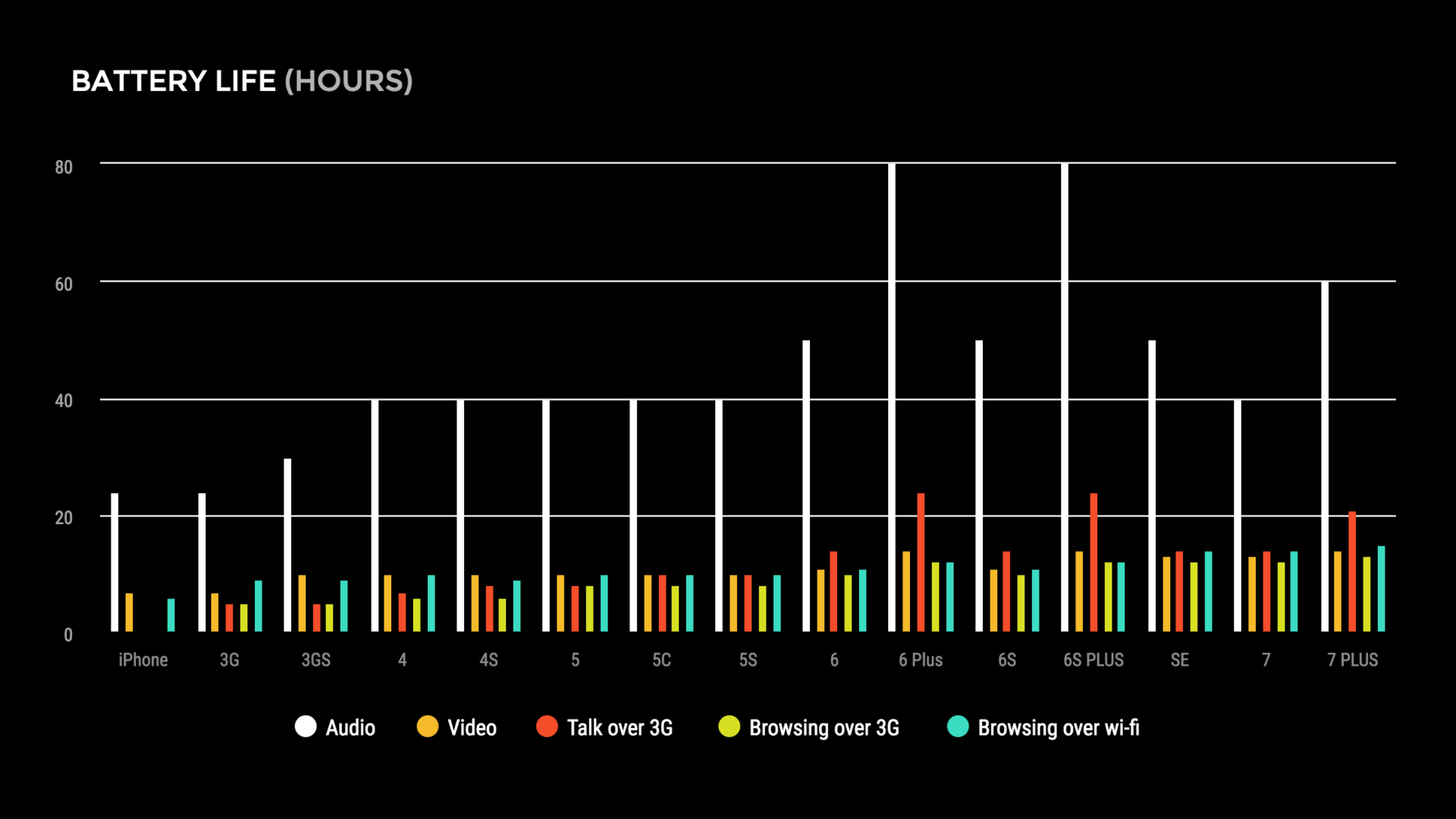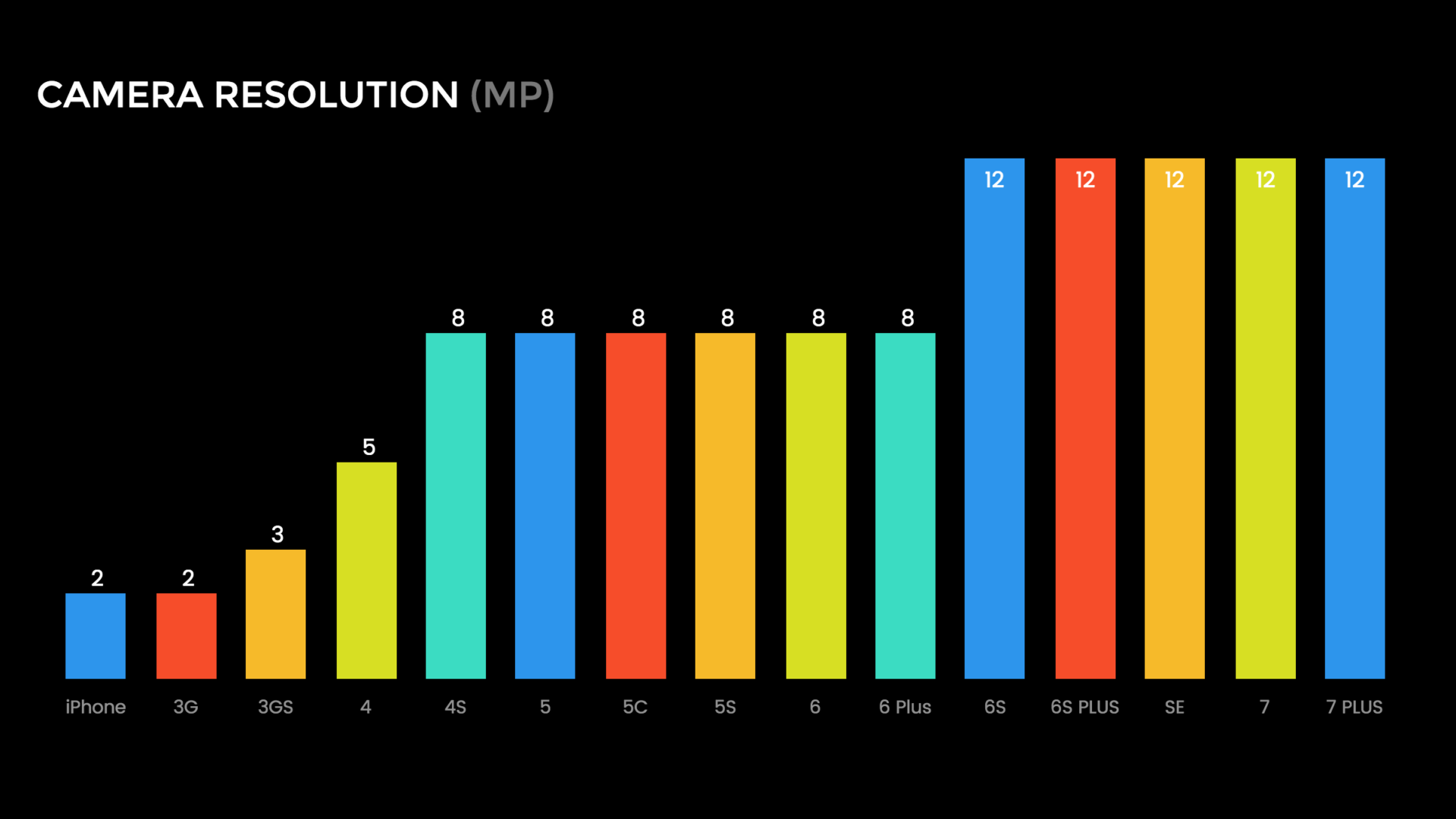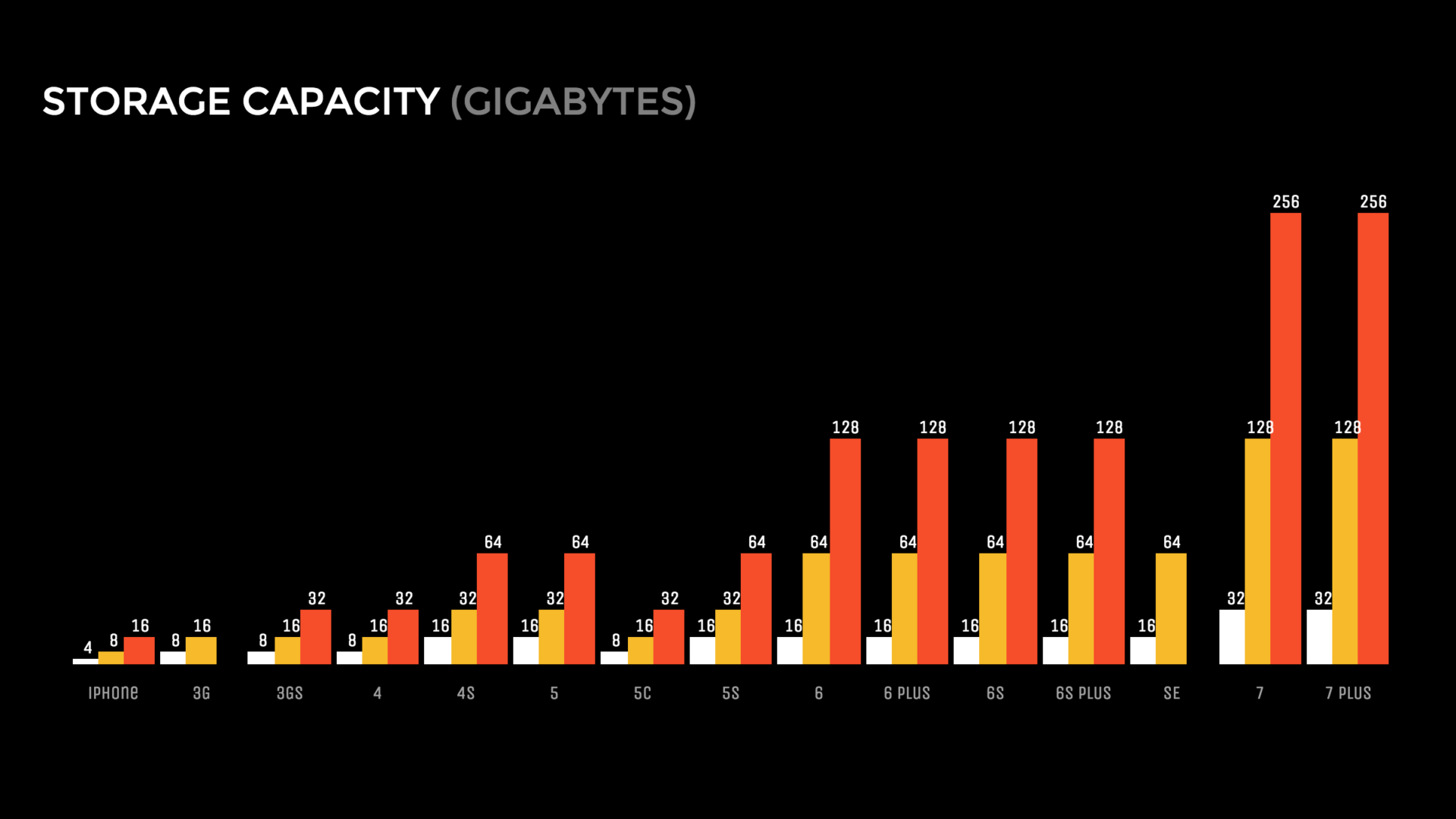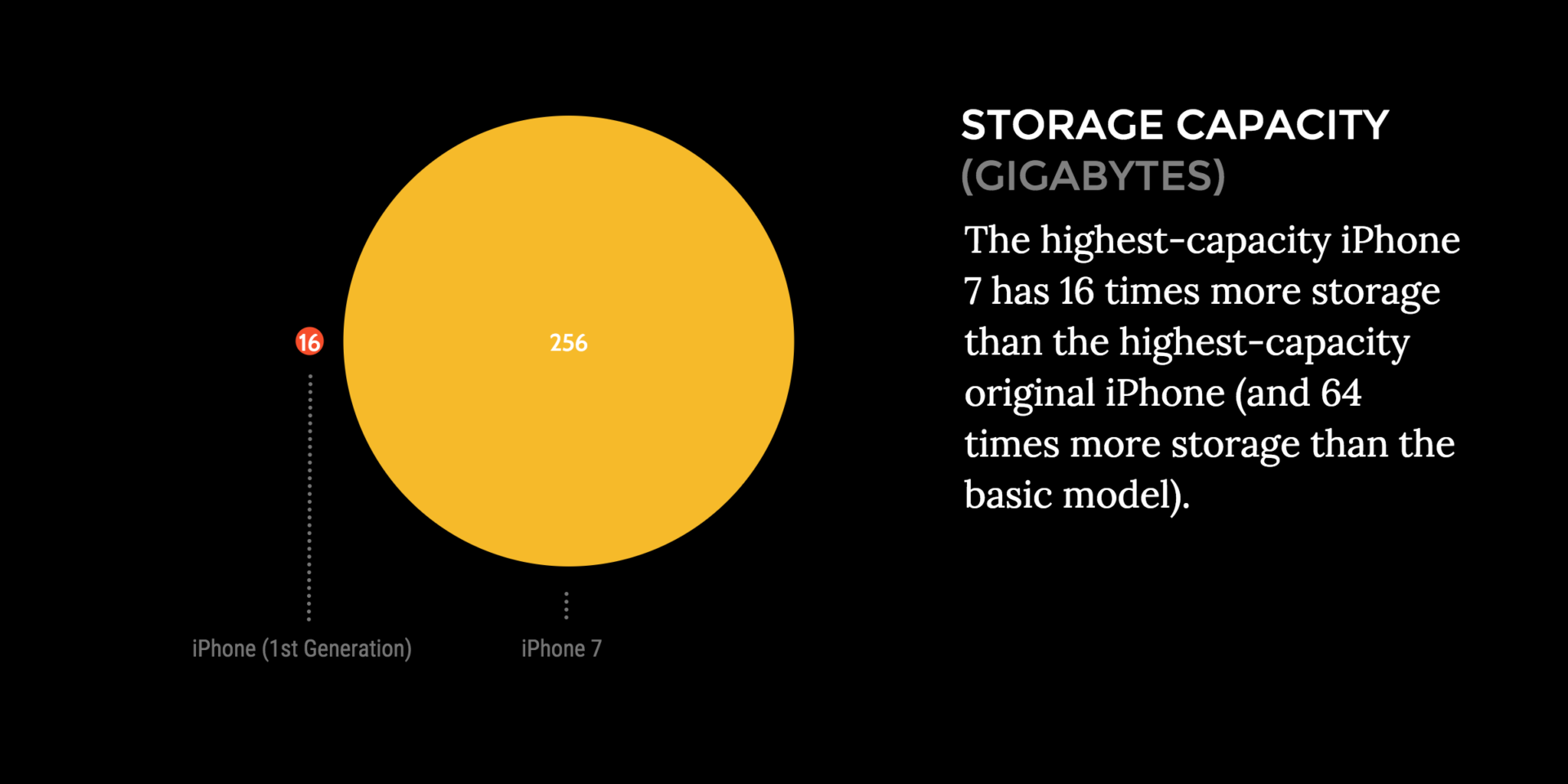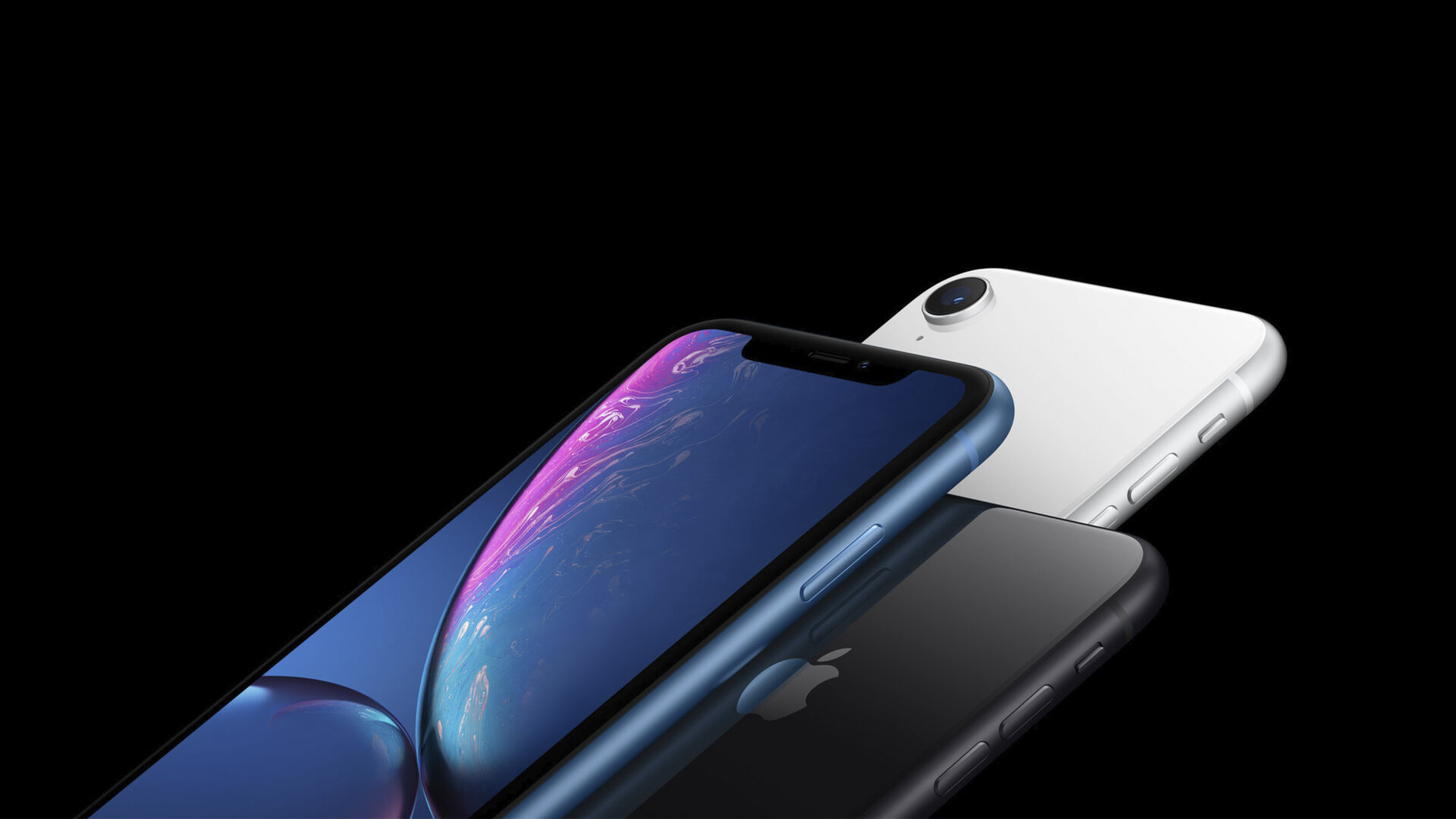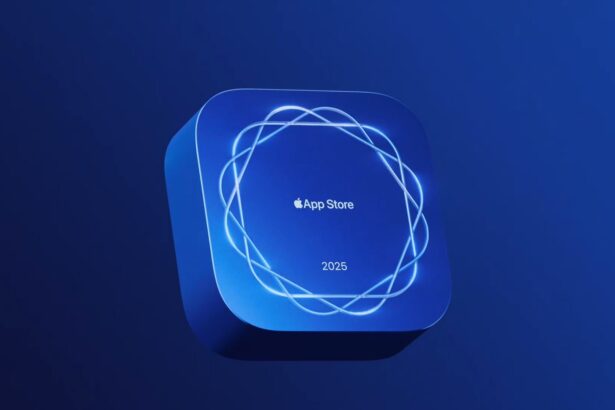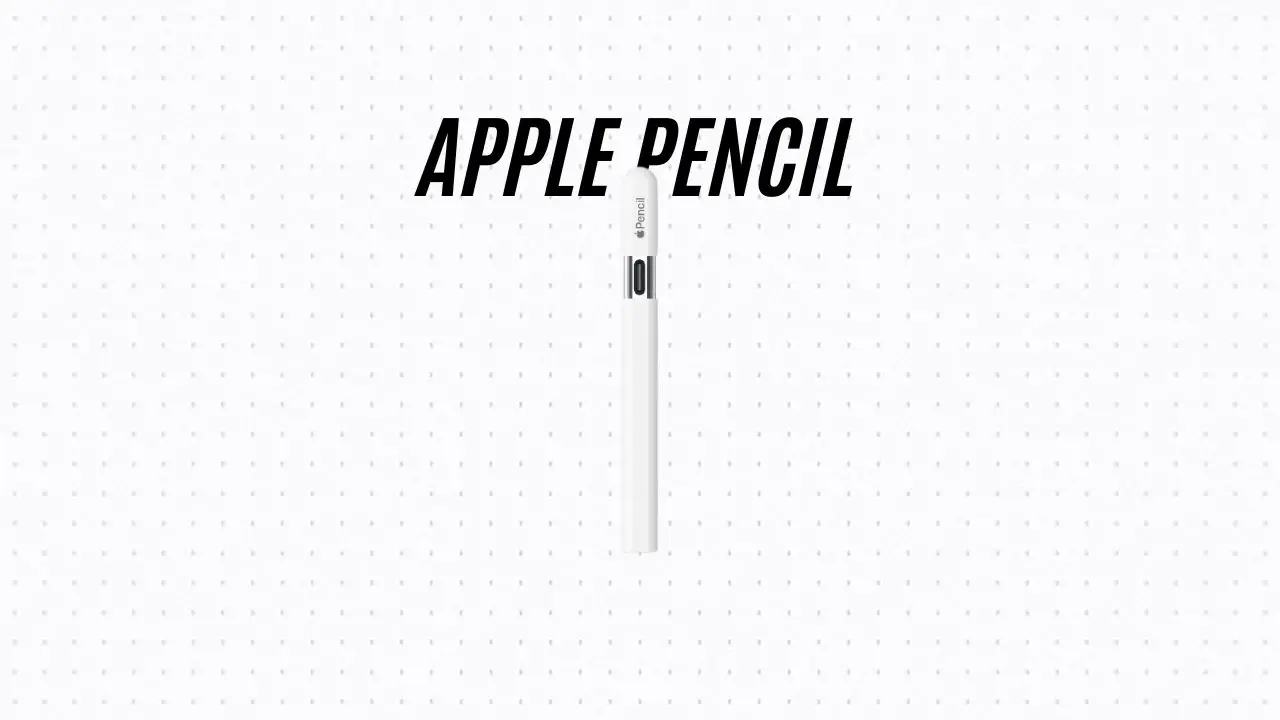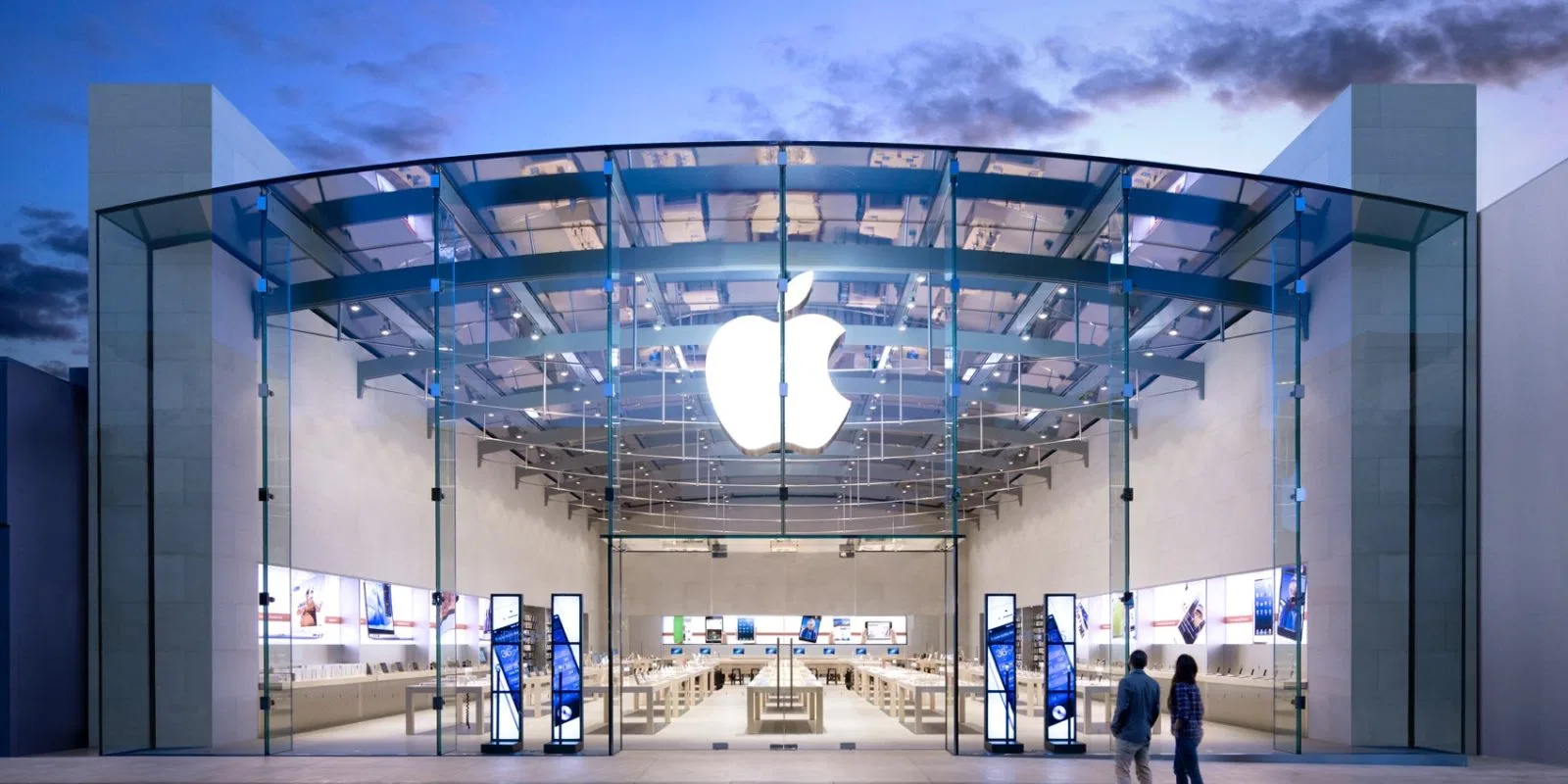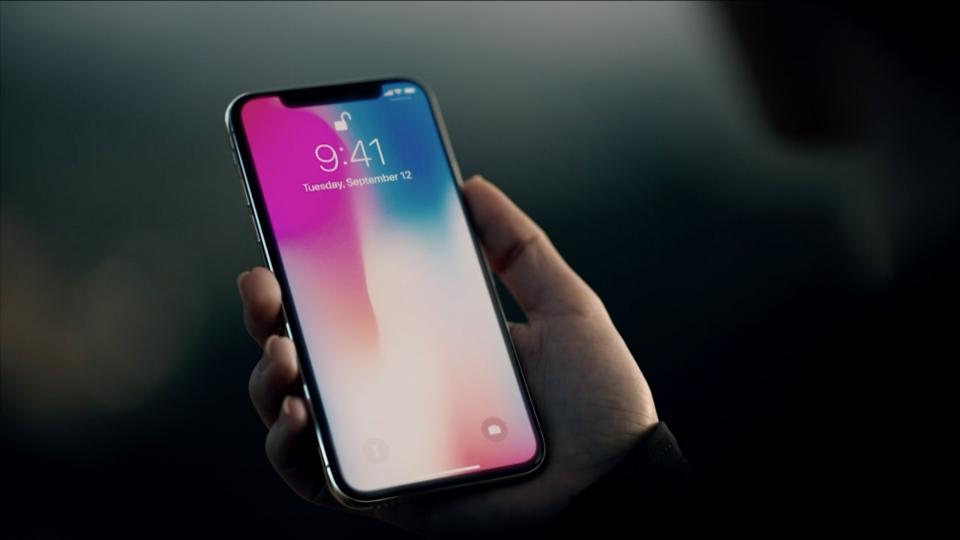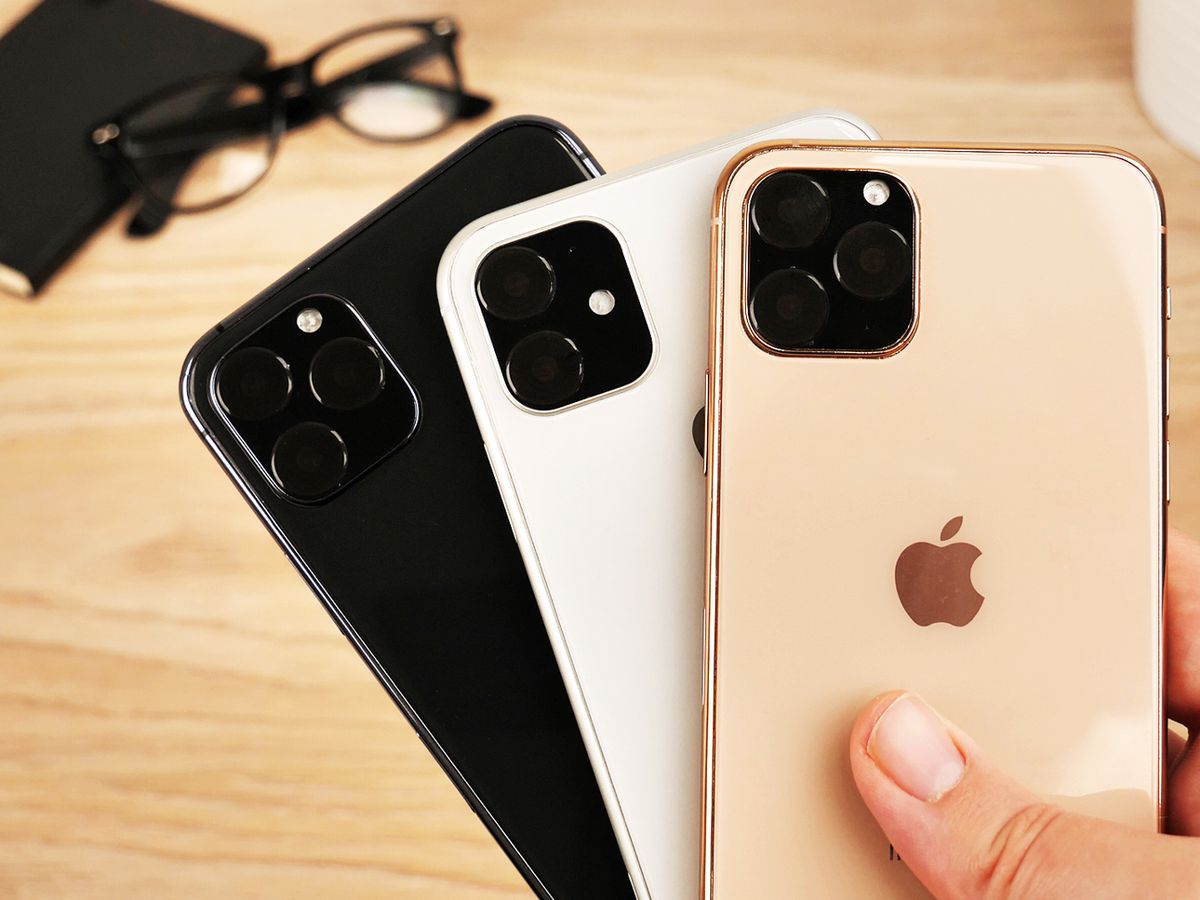The Evolution of iPhones From 2007 to 2016! The Complete iPhone Tale!
Remember? The first ever iPhone? The turning point for mobile phone markets!
Cast your mind back to 2007, if you will. Harry Potter and the Order of the Phoenix was one of the highest-grossing films of that year. Beyoncé was belting out ‘Irreplaceable.’ George W Bush was President of the USA. The new Wembley Stadium was under construction in the UK. Chelsea won the FA cup. You were nine years younger. And the smartphone universe would be forever changed by the introduction of the Apple iPhone.
Upon its much-hyped release on January 9, 2007, Steve Jobs stated that “today, Apple is going to reinvent the phone.” And indeed they did. Time magazine granted it the accolade of ‘Invention of the Year 2007’. Apple has continued to evolve and wow us with eight subsequent generations of iPhone since that day. Read on to find out just how much how has it changed since then!
Battery Life
The very first iPhone came with a built-in rechargeable lithium-ion battery. It may be hard to recall such a primitive time where smartphones were not the norm, but you must take into consideration our knowledge of battery usage at the time: the games were simple, the processing power was limited, and Pokémon Go couldn’t devour our battery. In fact, we expected our batteries to remain eternal while forgetting the fact that we were holding a computer in our hands.
Although the first generations of iPhones were dealt the harshest blow in terms of the complaints regarding limited battery life, Apple’s batteries are better than ever… and that in itself is a complicated mess to explain; in fact, Apple doesn’t get as much credit as it should!
Here’s the simplest explanation our experts could think of: limited processing power meant less energy being used and thus results in a longer battery life. The more you increase that processing power, the more energy it uses and the shorter your battery life becomes. Are you still with me? Great! Then if the processing power keeps increasing every year and yet we still have the same battery life as we had a decade ago then it means our batteries are fantastic! It’s just a shame that the engineers behind it will remain unsung heroes.
Camera Resolution – Bigger and Thinner
If there’s one consistent love affair we have with technology, it’s that we want it to be thinner and lighter. Apple surely delivered on those demands, the iPhone‘s handset thickness has decreased over the years with it going from a width of 11.6mm down to 7.3mm. It’s worth noting that thin electronic components tend to break easily, or at least easier than the thicker ones. As such, prior to Apple, phone manufacturers tended to shy away from reducing the size of their camera components; it was Apple who made this breakthrough in both camera resolution and microscopic components.
The original model featured a mere 2 megapixel (MPA) camera whereas the latest iterations: the iPhone 7 and the iPhone 7 Plus, have been six times as impressive, boasting 12 MPA cameras, as well as featuring wide-angle and telephoto lenses and both optical (2x) and digital zoom (10x). The white balance of a day time shot is now truer to life than the cozy warm hue captured by the original iPhone camera, while the vibrancy and contrast are also vastly improved.
Storage Capacity
The feature which has unsurprisingly increased the most over time is the phone’s storage capacity. The original iPhone had limited storage options of 4GB, 8GB, or 16GB. This, however, was not problematic as its content was in line with its time. It was a bit disconcerting in regards to music but not much else.
Nowadays, the times dictate how much storage we need, and the answer is never enough. Since its inception, the iPhone had to adapt to an endless amount of storage-intensive innovations! It’s only now that videos can be shot in high-definition and 4K, photos are much bigger and crisper, applications are bulkier, and everyone is streaming content at all times. Increased storage wasn’t as much of innovation as it was a necessity.
Screen Resolution
The iPhone 7 Plus has the largest iPhone screen to date (16 cm x 8 cm) and boasts a 1920×1080-pixel screen resolution at 401 pixels per inch (ppi), whereas the original iPhone model had a little 320×480 pixel resolution at 163 ppi. Screen resolution has stayed fairly constant over the few most recent iterations. However, total pixel count has increased exponentially from under 300,000 to the dizzying heights of over 2,000,000 pixels!
As you can see, the iPhone has gone from strength to strength since its launch, with significant improvements in all specifications. It will be fascinating to see where Apple will take the iPhone over the next nine years and what new features will be available that we cannot even begin to imagine today.
About the Author
Jack Turner is a writer, blogger, and heavy metal fan. He’s a part-time drummer and occasional sailor. His latest project is a product review website which you can check out here.

